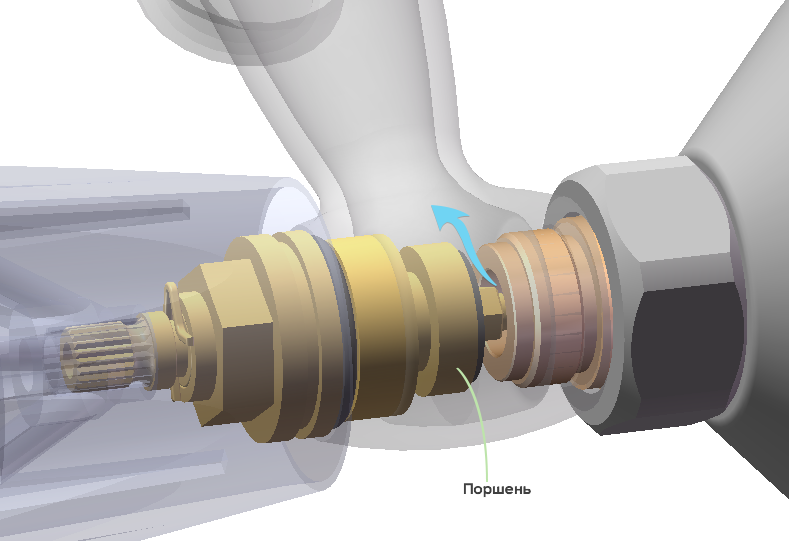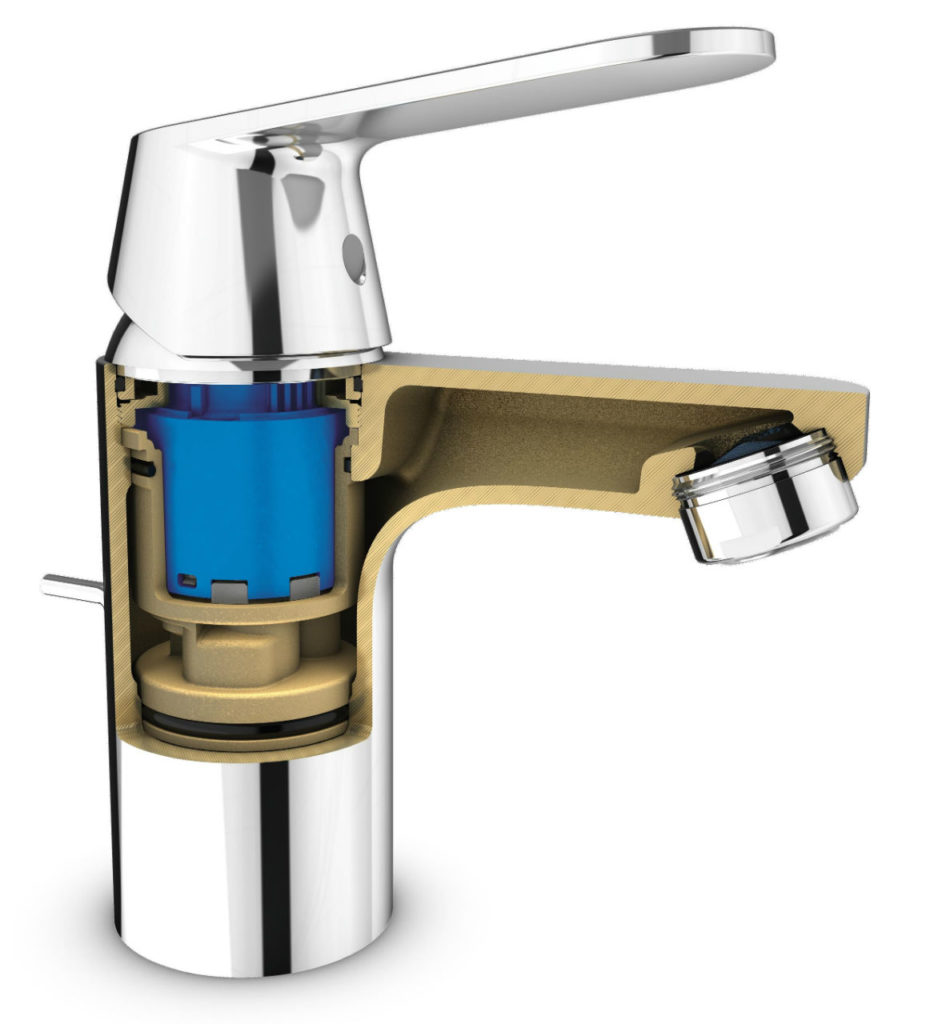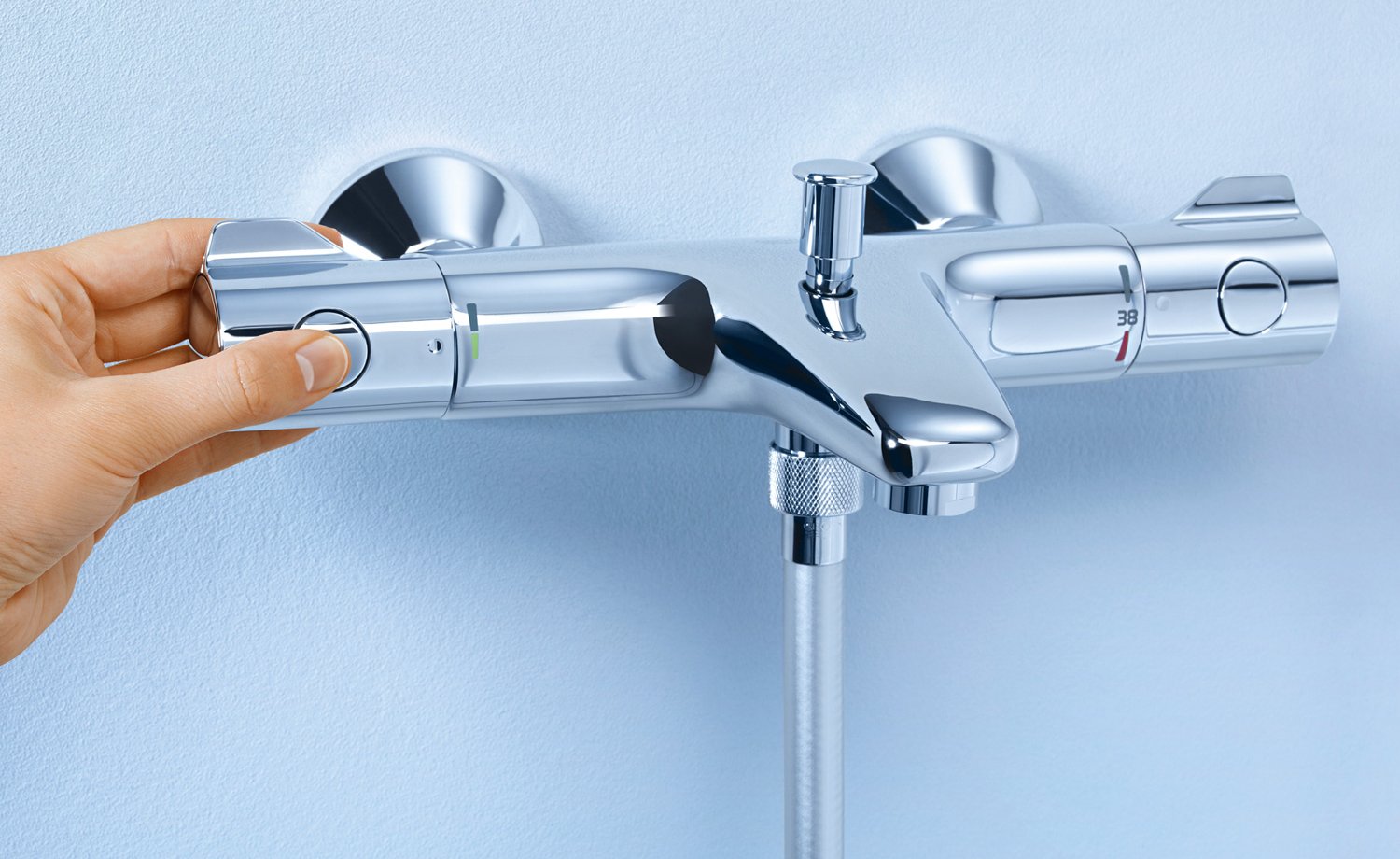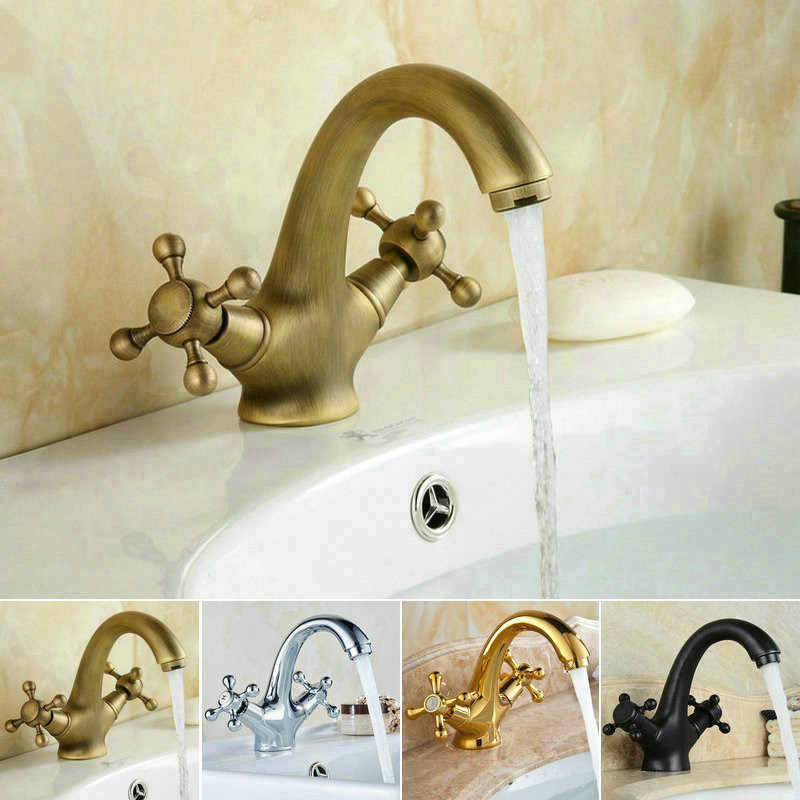Bathroom Faucet Size
A mixer is simply an irreplaceable thing in everyday life. It helps to greatly simplify the use of water for various needs, as well as select the most comfortable temperature. However, they all have their own specific dimensions, so the choice of this device should be treated with special care. Today we will talk about the types of mixers, what sizes they come in, as well as how to determine the parameters when choosing them.
This is interesting! Some countries still use two taps to supply cold and hot water separately.
The content of the article
Basic sizes of mixers
- Almost any bathroom faucet has a connection size of half an inch. However, in some countries, manufacturers make the connecting nut ¾ inches.
- When choosing hoses, it is important not to confuse the sizes. The distance between the axes of the tubes is about 15 cm (plus or minus 1.5 centimeters). These dimensions are always taken into account when laying the pipeline.
- The length of the gander (mixer pipe) may vary. Most often it is from 9 to 19 cm, but there are also longer ones, which are used when the device serves both a sink and a bathtub (or shower stall). Also, the length must be chosen based on the diameter of the shell, since the gander should not extend beyond its limits.

How to decide on parameters when choosing a bathroom faucet
When choosing, you need to pay attention to the following parameters:
- Nut diameter. The European nut size is ¾ inch. Domestic manufacturers most often produce faucets with a diameter of half an inch. In some countries it has a diameter of 3/8 inch. Without paying attention to this parameter, you will either not be able to install the mixer, or it will simply leak.
- Material. Visually, almost all products are made of the same material, since they are chrome-plated. However, under this shiny coating there may be either brass or silumin. The first option is more reliable and has a longer service life. Products made from silumin can become deformed and leak after just 1–2 months of service.
- Length. A longer mixer is more convenient to use. However, do not forget that its spout should not extend beyond the sink if the faucet is used for it.
- Metal wall thickness. If it is small, then such a product will quickly become unusable.
Based on the information provided in the article, you can choose the optimal size of the mixer.
Types of Bathroom Faucets
A faucet is a plumbing fixture that mixes hot and cold water, thereby allowing you to control the flow and obtain the desired temperature. In addition, they can direct the flow of water to the spout or shower head. Most often it is made of brass, after which galvanic coating is applied to the surface.
Bathroom faucets differ from other types in that they have an additional outlet for connecting a shower hose. They are also equipped with a mechanism for switching the flow to the shower spout and to the mixer itself.
Crane-axle mixer
It has a one-piece body and is equipped with two taps.Installation is carried out above the bathtub. The mechanism for switching the water flow may be different. It is on this basis that they differ:
- With eccentric mechanism. It is extremely popular among consumers. The principle of operation is as follows: by turning the handle, we activate the rod, which closes one of the water supply holes. Among the advantages, it is worth highlighting maintainability; among the disadvantages, rubber gaskets quickly become unusable.
- With cartridge mechanism. Visually resembles a cartridge for a lever mixer. The operating principle is the same as his. Among the advantages is a long service life, among the disadvantages - the cartridge cannot be repaired, it will have to be completely replaced.
- With ball mechanism. This mixer is equipped with a shut-off ball valve, inside of which there is a brass ball. After turning the switch, the ball occupies one hole, and water enters through the other. The advantage of the crane is that this model is the most “long-lived”, the disadvantages are that if the mechanism breaks down, it is impossible to repair it; the crane will have to be completely replaced.

Single lever
The case of such a mechanism is always cast, and the design itself is very similar to the previous version. The models differ in the way they switch the water flow to the shower:
- With removable mechanism. There are two options: cork and rotary. The latter is more convenient to use. Among the advantages is high maintainability, since if the mechanism breaks, it can simply be removed and replaced. Disadvantages - the design is large in size, and all connections can become loose.
- With built-in cork mechanism. The device is equipped with a stem with rubber plugs, which is how it got its name.To turn on the water flow, simply pull the handle up or press it. Advantages include attractive appearance and small size. Disadvantages: complex repairs; it is almost impossible to carry out them yourself.
- With built-in cartridge. The most reliable option for this group of bathtub faucets. Among the advantages, it stands out that it is easy to replace. Cons: If a cartridge breaks, it cannot be repaired; you will have to buy a new one.






